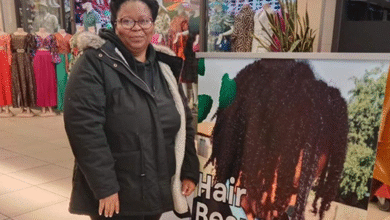Upstairs Mobility: How Ernest Majenge Launched Ruby Wheelchair into a Social Innovation Beacon
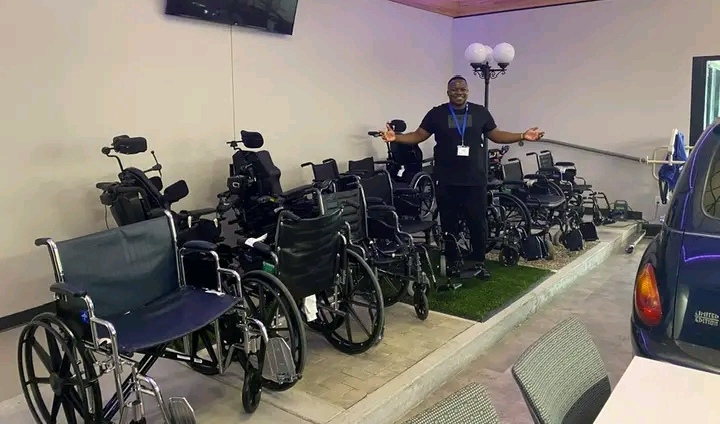
Upstairs Mobility: How Ernest Majenge Launched Ruby Wheelchair into a Social Innovation Beacon. Imagine a wheelchair that climbs up stairs, not just ramps. That innovation is the Ruby Wheelchair, developed by Ernest Mongezi Majenge, also known as “The Wheelchair Doctor.” Founded in 2018, Ruby offers mobility solutions that empower users and bridge accessibility gaps, earning national awards and international interest, a story that blends engineering, empathy, and entrepreneurship.
From Repair Beginnings to Product Innovation
Majenge launched his mobility journey as a wheelchair repair technician in Germiston in 2018. He gradually pivoted from basic repairs to designing a custom solution: the Ruby Wheelchair. His innovation lies in a stair-climbing mechanism that uses specialized star-shaped wheels, enabling users or assistants to pull them up or down stairs safely. This elevation made Ruby a unique offering for people in urban, township, and rural areas.
Actionable insight: Begin your venture within your skillset before expanding into innovation. Solve real problems you encounter firsthand.
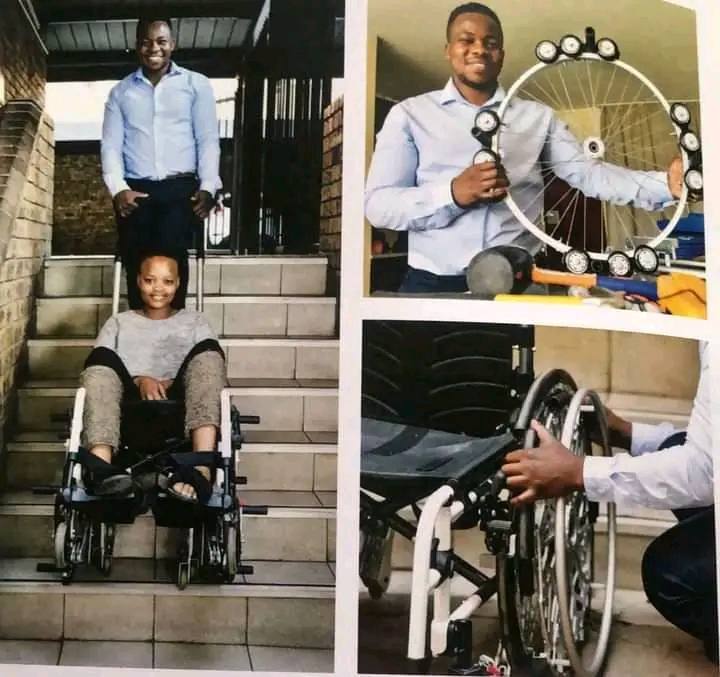
Designing for Off‑Road and Urban Use
Ruby Wheelchair is not just stair-capable, it’s also rugged and adaptable. Majenge developed versions that work both on flat surfaces and over challenging terrain, aiming to serve townships, rural communities, and farms. This dual-mode form makes Ruby suitable for people in areas where infrastructure is inconsistent but mobility is urgent.
Actionable insight: Design for multiple environments. Broader usability extends your product’s relevance and market reach.
Winning Recognition and Raising Visibility
In December 2021, Majenge won the R 1.3 million grand prize in the South African Breweries Foundation Social Innovation and Disability Empowerment Awards. That recognition came with contracts and exposure. By 2020 and 2021 he had already earned awards like the Transnet Matlafatso Centre pitching competition and attention as a 200 Young South Africans finalist.
Actionable insight: Apply for awards and competitions in your sector. They offer credibility, funding, and amplified reach.
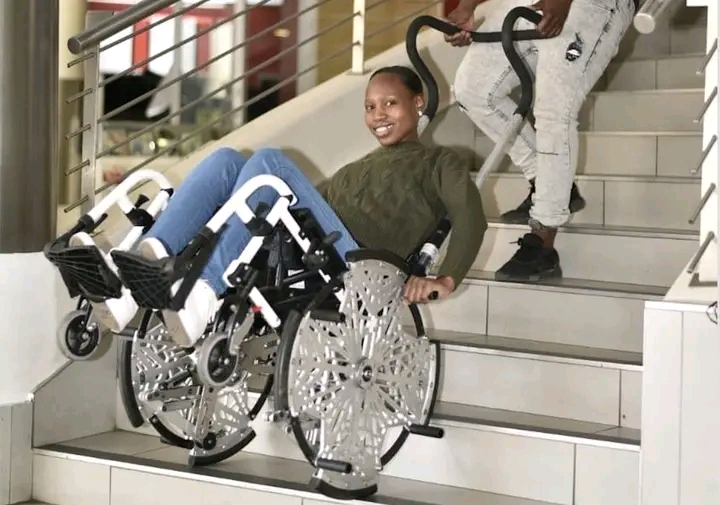
Milestones That Shaped Ruby’s Journey
- Launched the wheelchair repair service, laying groundwork in mobility support.
- Transitioned into wheelchair manufacturing with Ruby, a stair-climbing model.
- Won Transnet and SAB Foundation innovation awards.
- Ruby wheelchairs were being shipped internationally, including to France.
Each of these milestones cemented Ruby’s reputation as a mobility innovator with traction beyond South Africa.
Actionable insight: Publicise every milestone, product launch, awards, export orders, to build narrative momentum.
Overcoming Design and Market Challenges
Majenge admits his early prototypes failed due to making assumptions without testing market needs. Learning from that, he refined the wheelchair design through user feedback and iterative testing. Today, each wheelchair takes around 24 hours to assemble and transform from standard wheels to stair-friendly ones.
Actionable insight: Test early and pivot fast when necessary. Real user input improves function and prevents wasted effort.
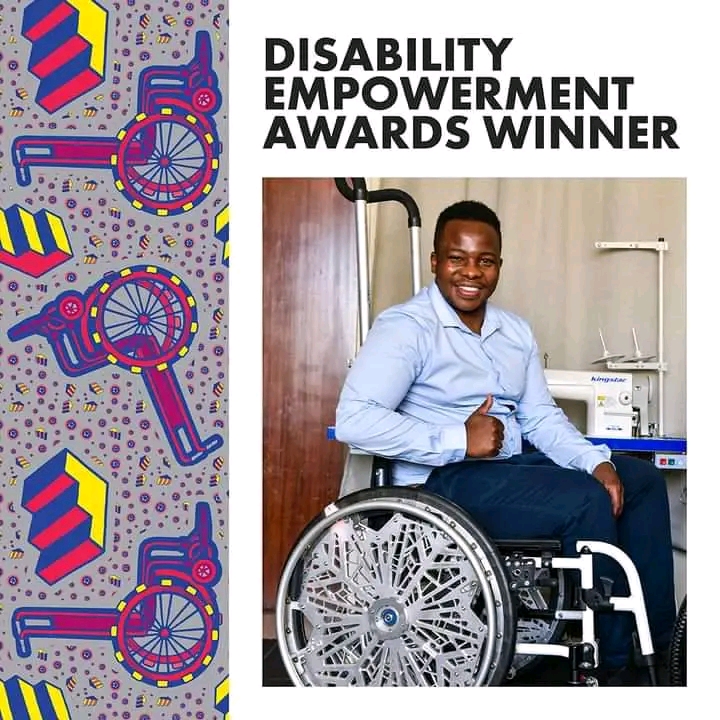
Leveraging Media and the “Wheelchair Doctor” Message
Media coverage, from Sowetan Live to Africanews and Face2Face Africa, has both educated and inspired audiences. Majenge’s nickname, “The Wheelchair Doctor,” underscores his role as both mechanic and mobility healer. Social and traditional media highlighted not just the product but the person and mission behind it.
Actionable insight: Humanise the brand. Powerful storytelling around the founder and mission enhances emotional connection.
Serving Underserved Markets Globally
By early 2023, Ruby wheelchairs had already sold in France and across South Africa, with capacity to build about four units per day. Majenge aims to produce 10,000 units within a year. His focus spans urban stair access to rugged rural mobility, where standard wheelchairs fail.
Actionable insight: Target underserved niches, especially where others overlook demand. Innovation thrives at those intersections.
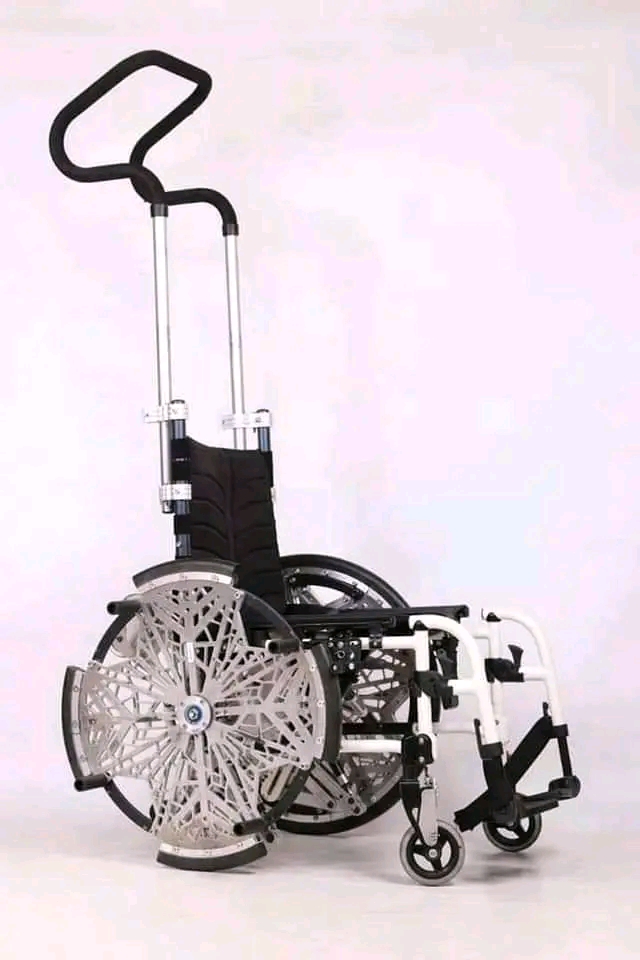
Seven Lessons From Ruby Wheelchair’s Rise
- Solve real-world problems from lived experience
- Prototype responsibly. Learn before scaling
- Design for flexibility, urban and off-road contexts
- Seek recognition to validate and amplify your brand
- Embrace storytelling, your persona is part of your product
- Pivot quickly based on user feedback
- Start local but design for global reach
Final Reflection
Ernest Majenge transformed mobility by building not just a wheelchair but a message of dignity and independence. Ruby Wheelchair stands as a symbol of adaptive design, social impact, and resilient entrepreneurship. Majenge’s journey teaches aspiring founders that when your product serves real needs, backed by grit and iteration, even stairs can become stepping stones to success.

